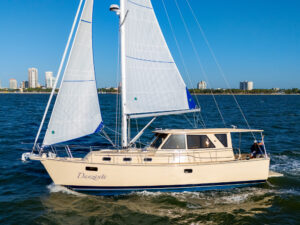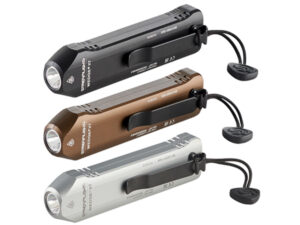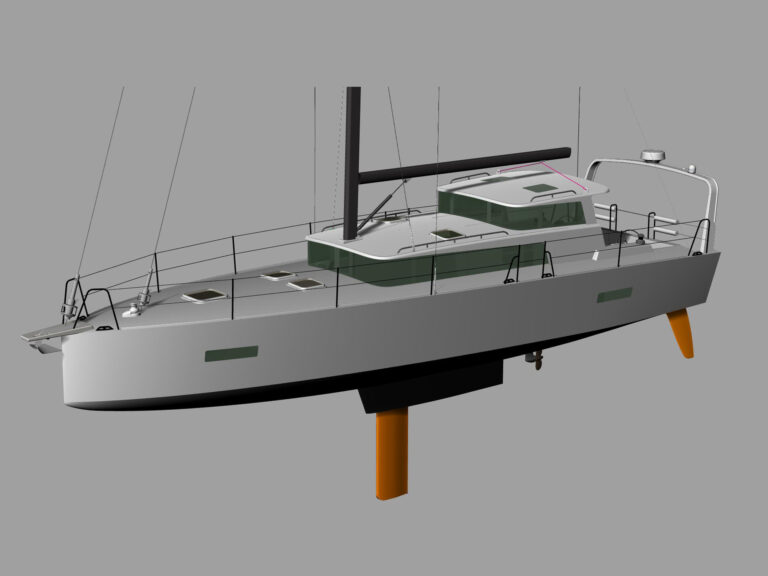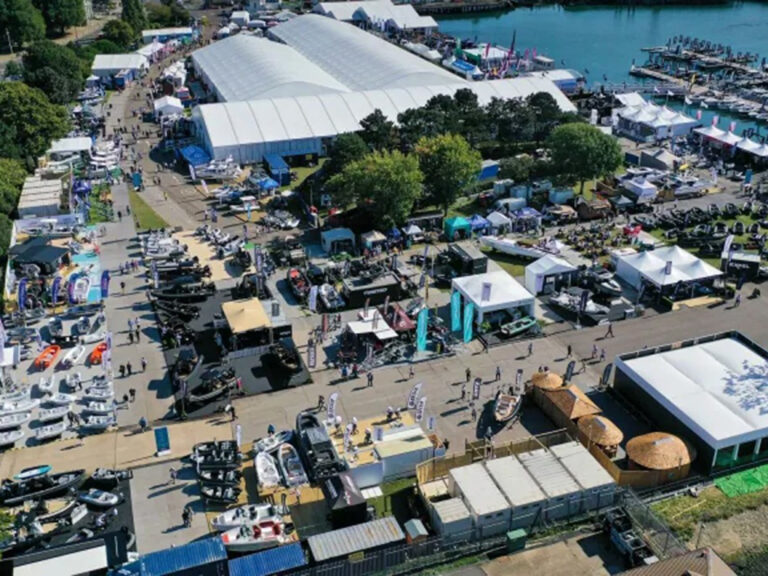
heat exchanger 368
Its automotive counterpart is a radiator, and they both work in much the same manner but with one exception: Radiators rely on air to remove heat from the engine, while your marine diesel’s heat exchanger uses seawater. The heat exchanger used by your vessel’s engine performs this vital task for hundreds or thousands of hours on end without the benefit of any moving parts.
Typically made up of a cylindrical pipe or housing, it carries coolant or antifreeze through its outer portion and seawater through a series or bundle of small pipes, often called the core, housed within. It’s no accident that the material used for constructing heat exchangers is typically a copper alloy, which is both a good conductor of heat and corrosion resistant.
Coolant that’s been heated by the combustion process passes around the heat exchanger’s small tubes and relinquishes heat, which is transmitted by the copper tubing to the seawater flowing through the tubes. This seawater usually travels in the opposite direction of the coolant; this opposing movement transfers heat more efficiently. The seawater flows into the exhaust stream and overboard.
Despite their lack of moving parts, heat exchangers still need regular attention. The seawater side is, of course, exposed to a variety of contaminants, ranging from salt, depleted zincs, and impeller parts to hard and soft marine life, sand, and silt. The coolant or closed side of the heat exchanger, however, can also suffer from blockages that are a result of exposure to old, contaminated, or acidic coolant; most engine manufacturers recommend that coolant be replaced every two years. Corrosion can also take its toll, leading to either external leaks or leakage between the raw and closed cooling circuits, which often forces coolant into the seawater.
The construction of heat exchangers can also conspire against them. Exchangers can be manufactured from more than one copper alloy, and this can lead to galvanic corrosion. It’s for this reason that most use a sacrificial anode or zinc pencil, although it’s of little value unless it’s replaced at regular intervals. The frequency varies from engine to engine and boat to boat, so check yours at least monthly.
One of the most common causes of engine overheating is the fouling of heat exchangers. In most cases, debris slows or blocks the flow of seawater. Heat-exchanger end caps should be removed seasonally in order to clean the area where zincs and other debris may accumulate. Have new gaskets on hand when you do this; the old ones shouldn’t be reused. And don’t overtighten the end-cap center fastener-it’s the most common cause for this fastener’s failure.
The closed side of a heat exchanger can become fouled as well. A film will occasionally accumulate and act as an insulator, preventing heat from being efficiently transmitted. When this happens, the heat exchanger needs to be removed and submerged in a cleaning solution; proprietary products are available from several manufacturers. RydLyme and Trac Ecological are two that I’ve used successfully. Home brews such as diluted vinegar and muriatic acid also work; however, they can cause damage if used improperly. In severe cases of closed-side fouling, “rodding”-moving a small hardwood dowel through the tubes-may be necessary.
A fouled heat exchanger results in gradual overheating at progressively lower engine loads and could ultimately lead to engine damage and failure. But regular inspections work to keep your heat exchanger unclogged and free of corrosion so it can provide you with reliable, untroubled service.
Steve D’Antonio is a regular Cruising World contributor who offers services for vessel owners, boatbuilders, and others in the marine industry through Steve D’Antonio Marine Consulting (www.steved
marineconsulting.com).








